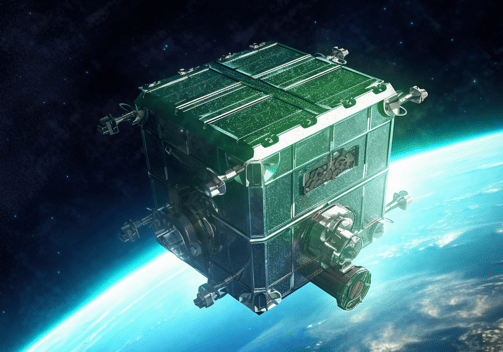ARCHIVE
Preserving knowledge


The average half-life of the hundred or so known civilisations of the past is approximately 220 years. Tragically, much of the knowledge and wisdom these civilisations accumulated has been lost. Countless unique books, manuscripts, and scrolls vanished when libraries in Alexandria, Carthage, Timbuktu, Xianyang, and Yucatan were destroyed.
From ancient Greece, we possess written fragments of less than 13% of known authors, with far fewer complete works. Only three books remain from the Mayan civilisation. For the Nabateans, the creators of Petra and a trading civilisation that controlled the Middle East for centuries, no written records survive apart from tomb inscriptions.


The advancement of technology has not been a steady progression since the dawn of humanity; instead, it has experienced ebbs and flows over thousands of years as civilisations have risen and fallen. Numerous scientific and mathematical discoveries were lost, only to be independently rediscovered centuries or even millennia later, prompting further advancements.
Recently, technological progress has experienced a significant surge. This rapid growth has created a widening divide between our societal maturity and what we are capable of. For the first time, life on Earth possesses the capacity to destroy itself entirely. It is plausible that the half-life of civilisations today is shorter than those of the past.


Simultaneously, life now exhibits the potential to become immortal. By taking the next evolutionary step—spreading technological intelligence into space and onto other celestial bodies—we could ensure a long future for life, despite its inherent instability. However, there remains a tangible risk that technological civilisations will cease to exist altogether in the coming centuries, and that humanity could face extinction within that time frame.
Life is currently 80% of the way through its natural journey on Earth and will end as the Sun evolves over the coming eon and rendering conditions inhospitable. If humanity were to go extinct despite our best efforts, the question arises: is there a chance that another form of life on Earth will evolve the capacity for technological intelligence and venture into space before time runs out?


The Archive Mission, an LFI initiative, aims to reduce existential risk by preserving humanity's knowledge in a long-lasting archive parked in an empty orbit around the Earth. If humanity were to wholly collapse or go extinct, this archive is designed to survive for millions of years and is to activate communications with beings it senses are on the edge of technological re-emergence, carefully shortcutting their advancement towards spreading into space.
LFI is committed to iterative progress; launching demi-decadal Archive satellite missions to refine underlying technologies and test innovative ideas. Linked to this, LFI is supporting the development of enabling technologies in areas like self-healing hardware and software systems, long-life power generation and storage, durable data storage, philology and tacit knowledge transfer.


Immediate commercial applications highly relevant to these activities include:
Long-life space infrastructure: secure servers and data storage, data-relays, resource extractors/depots, etc.
Education: knowledge and implicit knowledge reframed and provided through new modes of dissemination to people and AI.
Data storage resilience: durable, long-lasting data storage can drive innovation in terrestrial use cases.
Self-healing hardware and software systems: highly relevant to improving the lifespan and robustness in industries like robotics, electronics, and manufacturing.
